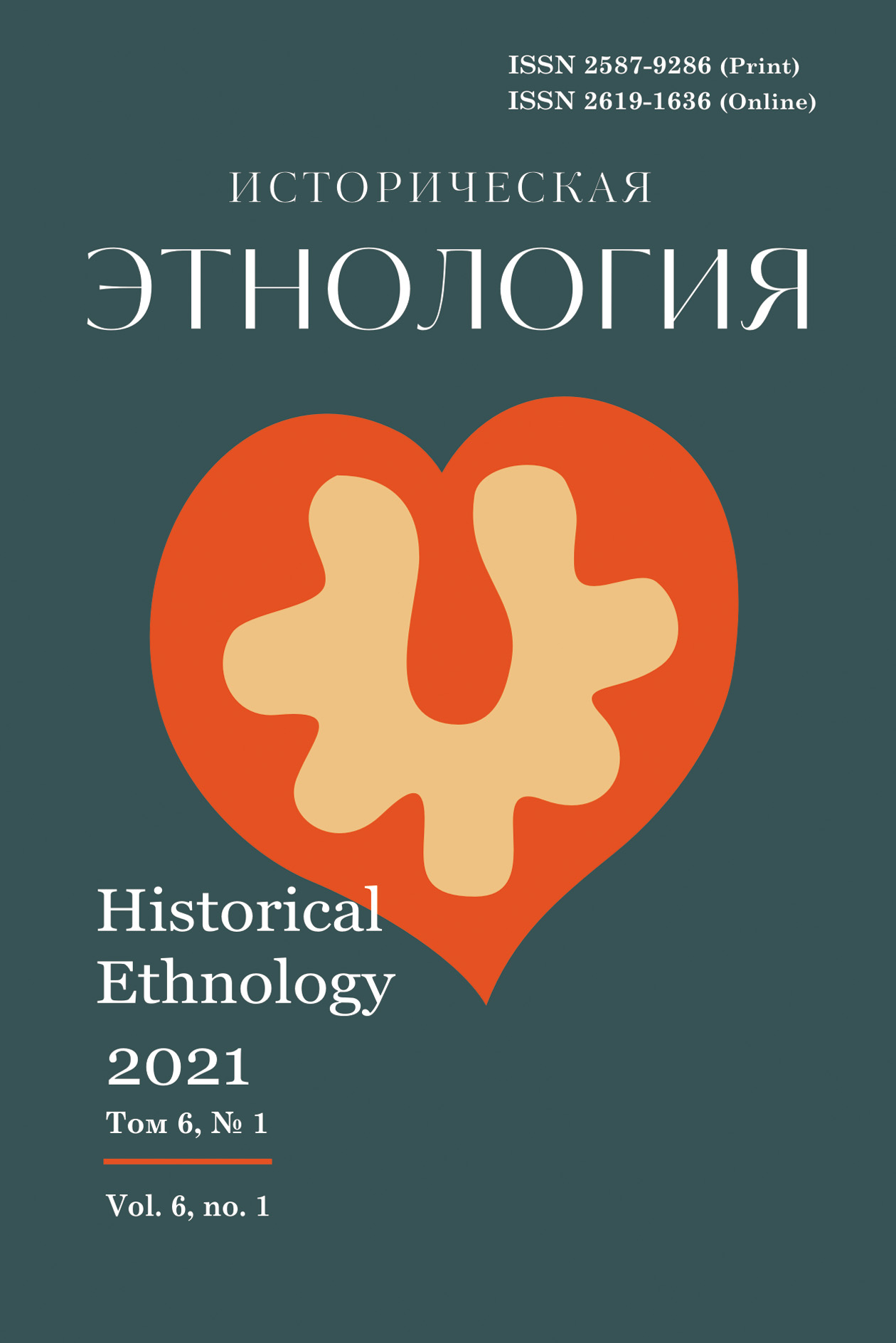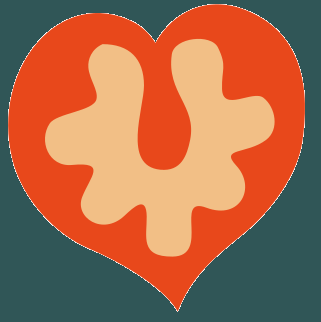
Main menu / 2021, vol.6, no.1 / Suslova S.V.
Folk costume traditions in the modern culture of the Volga-Ural Tatars Suslova S.V.
96–105 p. doi.org: 10.22378/he.2021-6-1.96-105 The article is based on the materials of the Historical and Ethnografic Atlas of the Tatar People (volume “Folk Costume”) prepared at the Institute of History of the Tatarstan Academy of Sciences. In the pre-national period of the Tatar’s history there were many various local, ethno-confessional and other complexes of costume. Its formation was closely linked to the characteristic properties of the complex ethno-cultural history of the local groups of Tatars (the Kazan Tatars, the Mishar Tatars, and the Christian Tatars or Kryashens), as well as their religion (Islam, Christianity, Heathenism). In the late 19th – early 20th centuries, during the development of economic and cultural communications between Tatars of Russia’s separate regions, the common national Tatar costume was formed. City traditions of the Kazan Tatars have lie at the core of its formation. These traditions were distinguished by the style of a costume tendency to change – from archaic monumental national forms to more refined, corresponding to directions of the all-European fashion of that time. The “secondary folklore forms” characterize the present stage of transformation of the Tatar national costume as a whole – the aspiration of professionals to use national traditions in professional culture (graphic, arts and crafts arts, theatre, scenic folklore, modern modeling, museum expositions as a symbol of reconstruction of ethnic identity). Several trends present folk costume traditions in the modern festive culture of the Volga-Ural Tatars: the ethnographic (authentic) Tatar costume; the folkloristic (neo-folklore) variation of traditional costume; the so-called symbolical national sign the avant-garde costume. As the element of the ethnic culture, the national costume is the most important related to the individual. It represents a symbolical sign-category, an original social-cultural code and transmits the ethnic information from the past to the future. Keywords: Volga-Ural Tatars, local groups, national costume, handicrafts, folk traditions, transformation, reproduction For citation: Suslova S.V. Folk Costume traditions in the modern culture of the Volga-Ural Tatars. Istoricheskaya etnologiya, 2021, vol. 6, no. 1, pp. 96–105. https://doi.org/10.22378/he.2021-6-1.96-105
REFERENCES Suslova S.V., Mukhamedova R.G. Narodnyy kostyum tatar Povolzh’ya i Urala (seredina XIX – nachalo XX vv.). Istoriko-etnograficheskiy atlas tatarskogo naroda [Folk costume of the Tatars of the Volga region and the Urals (mid-19th – early 20th centuries). Historical and ethnographic atlas of the Tatar people]. Kazan, 2000. (in Russian) About the author: Svetlana V. Suslova, Cand. Sc. (History), Leading Research Fellow of the Department of Ethnological Research, Marjani Institute of History of the Tatarstan Academy of Sciences (7A Baturin St., Kazan 420111, Russian Federation); sv_suslova@mail.ru
Received January 29, 2021 Accepted for publication March 22, 2021 Published Online April 21, 2021 |
Istoricheskaya etnologiya Historical Ethnology
Scientific journal







